Expect US airlines to soon reduce service to small airports…
In this post:
The CARES Act service requirement
As a condition of accepting funding through the CARES Act, US airlines had to agree to maintain service to all US airports that they previously served.
They didn’t have to maintain all the same routes and frequencies, but at a minimum they needed to maintain at least some service to all airports that previously belonged to their network.
In theory I can appreciate the logic of this, but I’m not sure the execution was great:
- I understand why the government would want to maintain some service even to small airports, so that all Americans still have access to air travel
- At the same time, at this point some small markets have way more capacity than they need, meaning those flights have largely been nearly empty
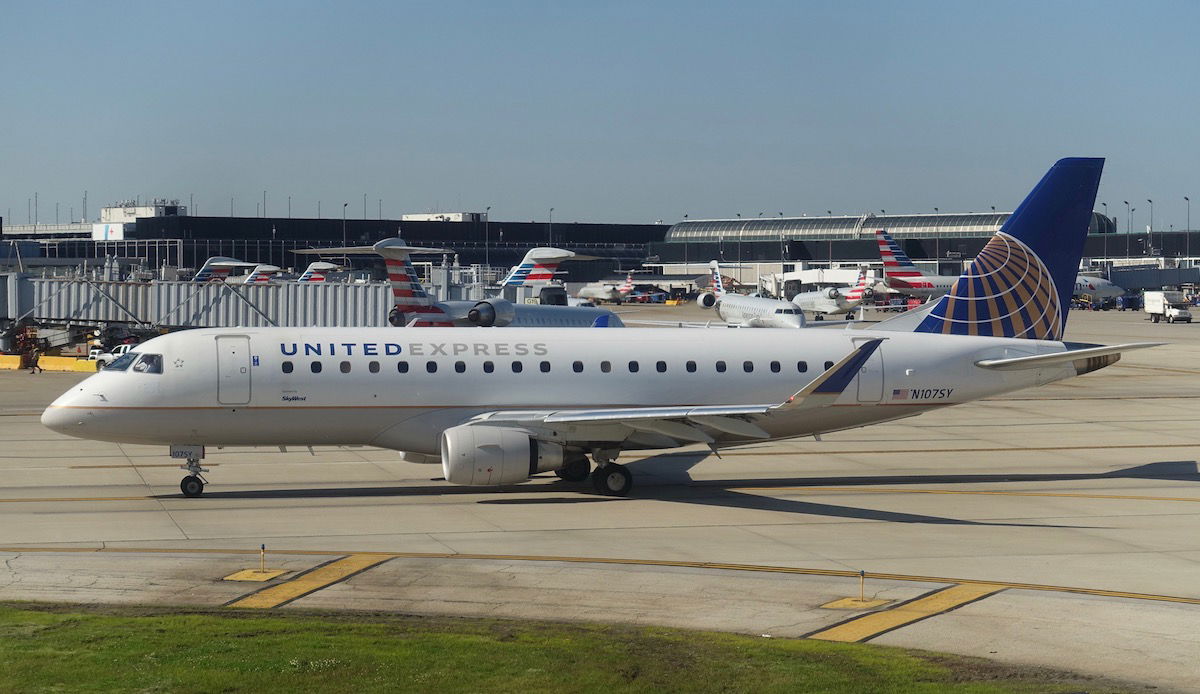 Airlines have had to maintain service to all airports
Airlines have had to maintain service to all airports
US airlines have been able to apply for exemptions
Since the CARES Act was passed, US airlines have been able to apply for exemptions to this requirement, and in some cases they’ve been granted.
We’ve seen airlines make all kinds of pleas with the Department of Transportation about why they should be allowed to cut service, with Delta even arguing that flying to some markets with mostly empty planes is putting their employees at risk (which contradicts the narrative we otherwise see in the industry, which is that flying is safe).
The whole process seems kind of inefficient to me — airlines agree to receive funding in exchange for maintaining service to all markets, and then they endlessly request exemptions. But I also get how we’ve gotten to this point.
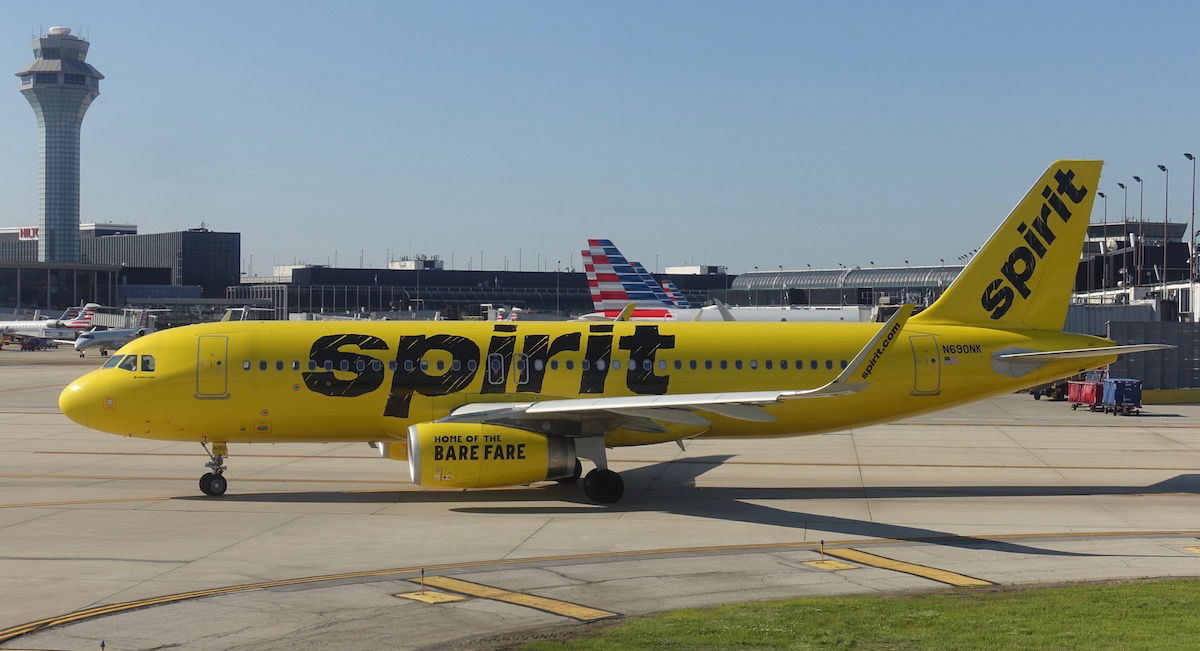 Airlines have been requesting all kinds of service exemptions
Airlines have been requesting all kinds of service exemptions
DOT will now allow airlines to drop airports
The DOT has today announced a systematic process for allowing airlines to reduce the number of airports they fly to as an overall percentage of their destinations served. The way this will work:
- Airlines have until May 18, 2020, to submit prioritized lists of airports they want to suspend service to
- The idea is that the DOT will then allow airlines to drop certain airports, while still being sure that every airport has service from at least one airline
- If an airport is only served by one airline then no exceptions will be granted, while if multiple airlines request exemptions for a given airport, then the decision will be based on how the airline prioritized the airport, with at least one airline having to maintain service
- Airlines will be granted exceptions for either five total markets, or 5% of their total markets served, whichever is greater
 Major airlines will be able to drop quite a few airports
Major airlines will be able to drop quite a few airports
Bottom line
Airlines are flying nearly empty planes to some smaller market, so I think this process from the DOT makes a lot of sense.
No one wins when airlines are burning money and fuel flying empty plans, so allowing airlines to compile modest lists of cities for service exceptions seems logical.
My one concern with this is that some airports will be left with service from just one airline, creating a monopoly. If airlines want exceptions, there should also be caps on how much they charge for tickets from markets where they have a monopoly, in my opinion. But I also get the logistics of that are complicated, and the government regulating airfare is unlikely to benefit anyone…
It’ll be interesting to see which airports US airlines request these exemptions for, as presumably they represent the airports where they’re losing the most money.
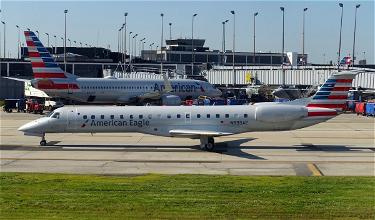

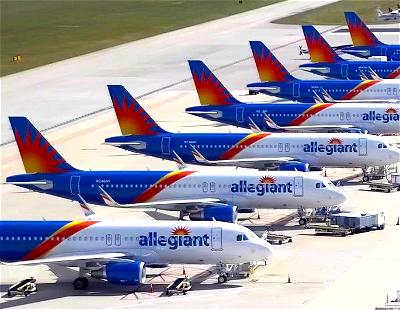
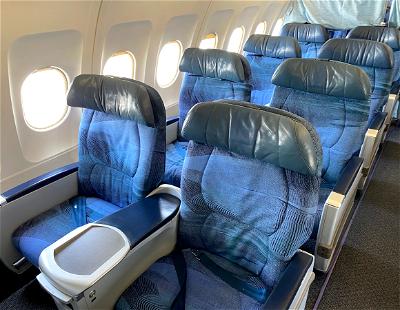

WHAT MARKETS ARE BEING DROPPED BY AA?
@myline @Mike Nottinger:
My read on the overall situation is that it's reasonably likely that at most one or two of the US non-regional airlines will not file for bankruptcy in 2020. I don't think any of the first several that file will be able to get DIP financing from the private sector: absent substantial consolidation for attrition (probably down to 3 mainline airlines with at least 1000 scheduled domestic flights), none of the US...
@myline @Mike Nottinger:
My read on the overall situation is that it's reasonably likely that at most one or two of the US non-regional airlines will not file for bankruptcy in 2020. I don't think any of the first several that file will be able to get DIP financing from the private sector: absent substantial consolidation for attrition (probably down to 3 mainline airlines with at least 1000 scheduled domestic flights), none of the US airlines are investable. So those first airlines to file will either disappear completely or become wards of the federal government (e.g. the feds provide a DIP loan at a rate acceptable to the creditors or buy assets at higher-than-current-market prices).
Whether an airline becomes a federal ward or disappears depends on the political fallout.
Spirit, Frontier, and Sun Country aren't likely to be missed, and it's not at all clear that the ULCC model of packing planes will be viable. Sun Country might just turn into a freight operator, but I wouldn't expect Spirit or Frontier to fly in 2021 (there's a chance that the creditors could be convinced that aircraft lease termination and a DIP sufficient to do the bare minimum required to keep the operator's certificate for many years maximizes their recovery, so this wouldn't necessarily be a liquidation).
Allegiant differs from Sun Country in the number of airports they serve where they're the biggest airline flying to the most destinations: each of those airports potentially means interest from Congress in keeping them flying: this might be through a facilitated merger (or shotgun wedding) with another airline.
JetBlue's likely fate IMO is a shotgun wedding with Southwest (perhaps with the feds agreeing to buy B6's Airbuses).
Alaska and Hawaiian can command 4 senators and provide a fair amount of borderline-EAS service, which makes them essentially too important to fail. I'd anticipate a federally directed merger here (and that Allegiant might be merged in): the resulting airline would probably be required to be the EAS bidder of last resort until federal loans are repaid.
Southwest is likely to either survive or be one of the last 2 to fall. Their bailout is likely to be getting B6 for free or nearly so.
American is very politically sensitive if they file before November. Arizona, Florida, North Carolina, and Pennsylvania are swing states, and Texas is a state that the incumbent likely needs to hold: jobs and AAdvantage elites (who almost certainly have a GOP lean, especially among the largely domestic flyers) are in those states. So they'll become a ward of the federal government: I wouldn't be surprised if the DIP rate is reduced in exchange for selling international assets like slots (e.g. at LHR) to the federal government at something like their 2015 value and the feds buying any non-leased 777/787s. I'd further anticipate that American's domestic network gets merged into Alaska/Hawaiian/Allegiant, effectively creating an airline counterpart to Amtrak (the Amtrak long distance network could even get folded into AlAlAmHa).
For United and Delta, I think the airline which survives longer will get federal financing (or if DL lasts longer, AmEx funds DL's purchase of UA with federal blessing as a means to make Chase a non-entity for high-end travelers) to buy the other one out of bankruptcy and likely end up with the international assets of AA: a rebirth of PanAm as the USA's national champion airline. UA's infrastructure at DL hubs and DL's infrastructure at UA hubs would be transferred to AA/WN.
3 mainline carriers in 2022
DL/UA: premium domestic and international service
AA: able to get you from anywhere in the US to anywhere else in the US; dependent on OW partners for international service
WN: the national LCC to keep AA and DL/UA honest
An earthquake in the alliances: if UA outlasts DL, that's the end of ST and *A owns North America; if DL outlasts UA, ST becomes the dominant alliance and *A mostly serves the US via Canada. OW is pretty badly hurt.
Disclaimer: pure speculation.
I know this "makes sense", but this really irritates me. IMO, the "maintain service to all cities" rule in the CARES Act was pushed by the big boys to stick to the likes of Allegiant, Frontier and Spirit (who would be hurt more with the "keep all cities" approach since they would most likely just drop markets in cases like this). Now, since they got what they wanted, as we see, the big boys want...
I know this "makes sense", but this really irritates me. IMO, the "maintain service to all cities" rule in the CARES Act was pushed by the big boys to stick to the likes of Allegiant, Frontier and Spirit (who would be hurt more with the "keep all cities" approach since they would most likely just drop markets in cases like this). Now, since they got what they wanted, as we see, the big boys want "exemptions". Frontier and Spirit were denied exemptions and have been doing all sorts of weird route adjustments just to keep in line with the CARES act (i.e. - triangular routes).
If the DOT ends up granting exemptions, I hope all airlines get a piece of the pie and not just the big boys.
The current crisis could push some airlines, especially smaller ones, into bankruptcy or make them takeover targets. Consumer fears about catching the virus on crowded planes could lead to reconfigured seating.
I thought America worshipped free enterprise and left socialism to the Europeans. Or maybe not lol.
This makes sense though - the way CARES forces airlines to fly non-viable routes is a massive waste of taxpayer money. I’m sure current demand to a number of cities can barely fill a small aircraft once or twice a week. In order to protect taxpayers, airlines and their employees the airlines should be allowed to trim such services.
"My one concern with this is that some airports will be left with service from just one airline, creating a monopoly. If airlines want exceptions, there should also be caps on how much they charge for tickets from markets where they have a monopoly, in my opinion" - I very much don't agree. Airlines are probably going to be allowed to drop 5% of flights here; the small number of routes that the airlines will...
"My one concern with this is that some airports will be left with service from just one airline, creating a monopoly. If airlines want exceptions, there should also be caps on how much they charge for tickets from markets where they have a monopoly, in my opinion" - I very much don't agree. Airlines are probably going to be allowed to drop 5% of flights here; the small number of routes that the airlines will be permitted to drop will all be so far from profit making right now (hence why they are the top prioritized routes to be dropped) that it doesn't really matter what they charge, the single operating airline will still be losing money on each flight. I'd say being able to charge premium prices for a destination you are losing thousands / tens of thousands of dollars per flight operating to (and which is far from economically viable even with those high prices) is fair. The bigger economic issue to me is that US government funding is being used to keep aircraft with 5-10 passengers onboard in the air rather than allowing those services to be temporarily suspended, not that those 5-10 people are paying high ticket prices. By all means, require that those routes return when things normalize, but the idea that they've been kept going throughout the COVID-19 pandemic with government funding is beyond odd.
Do you have to be a travel blogger or use one of Lucky's links to earn him money to post on OMAAT?
DL has all but pulled out of slot restricted SNA (Orange County) airport. They are down to one regional jet daily to SLC. On the flip side of this I have heard all day today the prediction of the new Boeing CEO that a major US airline will go under. LUCKY DO YOU HAVE A HUNCH WHICH AIRLINE THIS WILL BE?
Members of Congress will demand certain cities be serviced by airlines of their choosing. (Remember UA's Smisek and the Columbia, SC-Newark flight?)
Cities, states and countries show preference to certain airlines by controlling slots.
Every form of transportation receives public subsidies (Interstates, rail right of ways) so local, state and federal governments get to collude with providers to expand or reduce competition.
This is government/business as usual.
As I was reading the post, I had been quickly putting together how I would execute such a reduction, and I'm pleased to see that upon further reading down, many of the points I'd thought of were in there, and I think they've covered it fairly well with no obvious gaps for abuse.
Credit to you as well, Ben, for outlining ways in which this could still be improved. I agree with the points you raised surrounding monopoly concerns and ticket prices.
Because an airline has never lied to you.
i don't know how many destinations (not sure why they refer to it as markets) that each of the US airlines wish to drop but if it far exceed their 5 destination or 5%, I think it could have been more benefitial for both consumers and airlines to ensure at least two airlines are served at each airport and raise the exemtions to 10% or 15%
And the CARES Act keeps on giving.
Delta seems to be dropping more and more of these airports.
Banking on people to drive 75 to 90 miles before catching a flight at one of their Hubs.
I hope other customers which includes myself, tell them to shove it where the sun dont shine.
I have been on one of their flights in the last week and do not believe their excuse of only 8 to 10 people are flying these airports a day.
"if multiple airlines request exemptions for a given airport, then the decision will be based on how the airline prioritized the airport, with at least one airline having to maintain service"
The last time DOT decide based on what airline 'prioritize' it looks like, Delta was the clear winner. So this is HND thing all over again.
So DL can pull out of non Essential Air Service cities like Vail/Eagle Airport while AA and UA...
"if multiple airlines request exemptions for a given airport, then the decision will be based on how the airline prioritized the airport, with at least one airline having to maintain service"
The last time DOT decide based on what airline 'prioritize' it looks like, Delta was the clear winner. So this is HND thing all over again.
So DL can pull out of non Essential Air Service cities like Vail/Eagle Airport while AA and UA will get stuck with every Essential Air Service cities.
The DOT should also require carriers dropping service to protect passengers with new or existing interline ticketing agreements to prevent passengers from having to possibly buy more expensive tickets on a different carrier at a later booking date.
I think this is the start of a much more contracted airline industry. As flights get cut more and more, staff will be permanently laid off and I imagine we will be going back to yesteryear with few flights and fewer and fewer connections not just in the US but around the world.